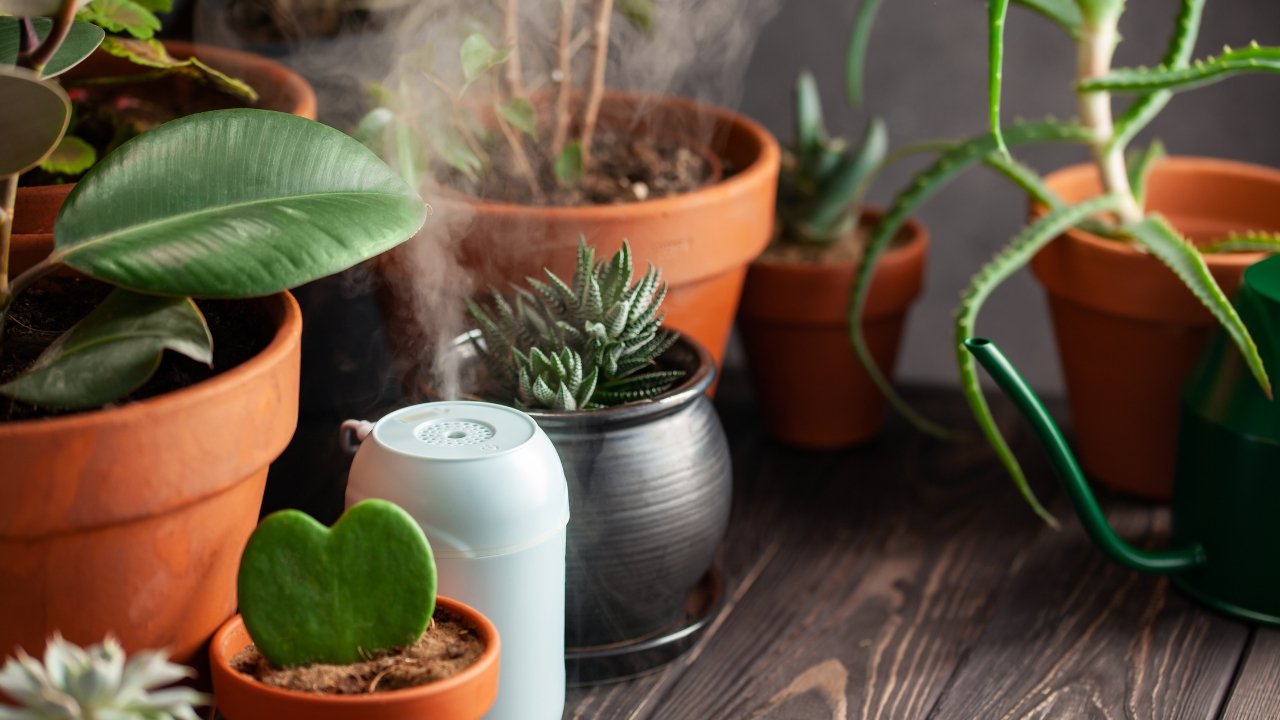How Do I Control Humidity In a Grow Tent, or Greenhouse?
Humidity is one of the most important factors to control in a grow tent or greenhouse. If the humidity is too high, it can lead to mold and mildew growth, invite fungus gnats and aphids, and can cause problems with your plants' growth cycles.
If the humidity is too low, it can cause your plants to wilt and dry out. It can also lead to problems with your plants' growth cycles.
Here are the most optimal ways that experienced growers use to control the humidity of their grow environment––whether that's a 4x4 tent or commercial greenhouse!
Easiest Way to Measure Humidity
The first essential step to controlling the humidity in your grow environment is to measure it. How can you make adjustments and changes if you don't know what the starting point is? This is where a trusty hygrometer comes in.
A hygrometer is a tool that measures the amount of water vapor in the air. It's an essential piece of equipment for every grower because it allows you to keep track of the humidity levels in your grow space. There are two different types of hygrometers––analog and digital.
For the most part, digital hygrometers are more accurate and easier to read. However, they can be more expensive than analog hygrometers. If you're on a budget, an analog hygrometer will work just fine. Whichever type of hygrometer you choose, make sure to place it in the middle of your grow space and check it at least daily.
Each stage of growth requires different humidity levels –– as high as 70% when sprouting and as low as 30% when flowering. That's why it's important to be able to accurately measure and quickly adjust the humidity in your grow space.
Humidifiers & Dehumidifiers
The best way to control humidity in a grow tent or greenhouse is by using a humidifier or dehumidifier. A humidifier adds moisture to the air, and a dehumidifier removes moisture from the air.
Humidifiers come in many different shapes and sizes. Some are small enough to fit on a table, while others are large enough to service an entire room. Dehumidifiers are a little bit different. They can vary quite a bit in size, but most dehumidifiers will be larger than humidifiers because they need to be able to handle more airflow to remove humidity effectively.
Active Air carries a wide variety of humidity-controlling devices to help you create the perfect environment for your plants.
The overall environment that you live in, whether on the more humid side or dry, will also play a factor in humidity control.
For example, if you live in an area with high humidity like the southeastern United States, you'll need a dehumidifier to remove moisture from your grow space. Conversely, if you live in an area with low humidity like the southwestern United States, you'll need a humidifier to add moisture to your grow.
For smaller home grows, you may not need to jump right into humidifiers or dehumidifiers, because there are other ways to manage humidity.
Ventilation for Humidity Control
Proper ventilation is key for managing the humidity in your grow space. It allows you to get rid of the hot, humid air and replace it with fresh, clean air from outside. Sometimes this is enough for small grows with few plants.
There are two types of ventilation –– passive and active. Active ventilation uses fans to force the air to move. This is the most common type of ventilation because it's the most effective.
There are many brands out there but not many are as trusty as AC Infinity when it comes to their inline ventilation capabilities. They originally started out as an A/V company designing fans to keep cabinets cool that house electronic receivers. Fast forward to them designing a fan with low- and high-temperature and low- and high- humidity control that allow your inline fan to expel air that is outside of those parameters, revolutionizing the stability of your grow environment.
Sometimes no matter how much you try to control humidity in a tent through inline ventilation, it's impossible when the air that is replacing it is just as low, or high. That is when the need for humidifiers and dehumidifiers arises.
Final Thoughts on Humidity Control
To have a successful and large yield, growers must measure and control humidity levels in their grow environment –– whether that's a tent, greenhouse, or something else. The best way to do this is by using a humidifier or dehumidifier in conjunction with proper ventilation. By following these steps, you'll be well on your way to having a healthy harvest!





